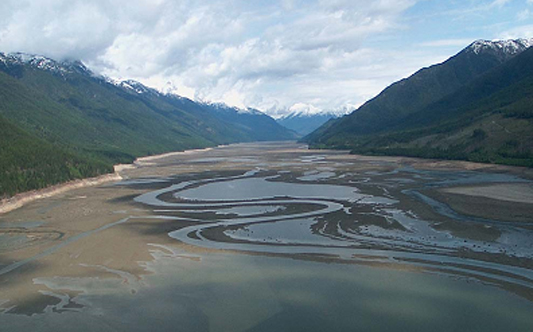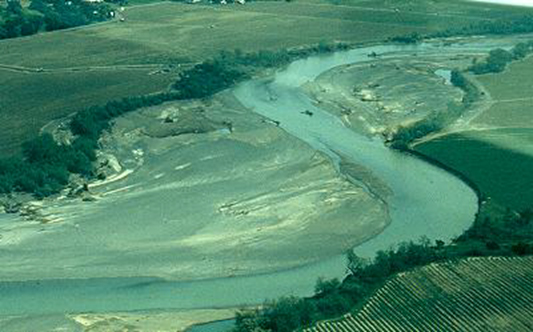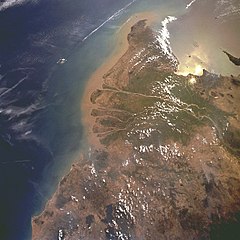
The Columbia River Treaty was an innovative agreement to coordinate management of the Columbia River to maximize benefits and equitably share them between the US and Canada. It has been recognized as an excellent example of trans-boundary integrated water resources management, the concept that river basins be managed as integrated systems so that the total benefits are greater than would be the case if each country managed purely on its own narrow self interest, and then those benefits can be equitably shared. When the Treaty was ratified in 1964, it did not adequately account for fisheries, river ecology, and the interests of tribes and first nations. The impending treaty renewal has been widely seen as providing an opportunity to update the treaty by including consideration of these issues. There are scientific uncertainties regarding impacts of dams and potential to restore fisheries on the river and its tributaries, the benefits of flood storage in Canadian dams, etc, which merit attention. And looming over all treaty-related deliberations now is the recent change in US administrations, introducing uncertainty about whether the US will respect the cooperative nature of the last five decades of trans-boundary management of the Columbia River and approach updating of the agreement in a collaborative manner.
A group of scientists supported by representatives of First Nations and Tribes from Canada and the United States held a workshop at the Centre for Canadian Studies and Institute of International Studies at the University of California, Berkeley in April 2017 to develop recommendations for effectively integrating science into the treaty renewal process.


